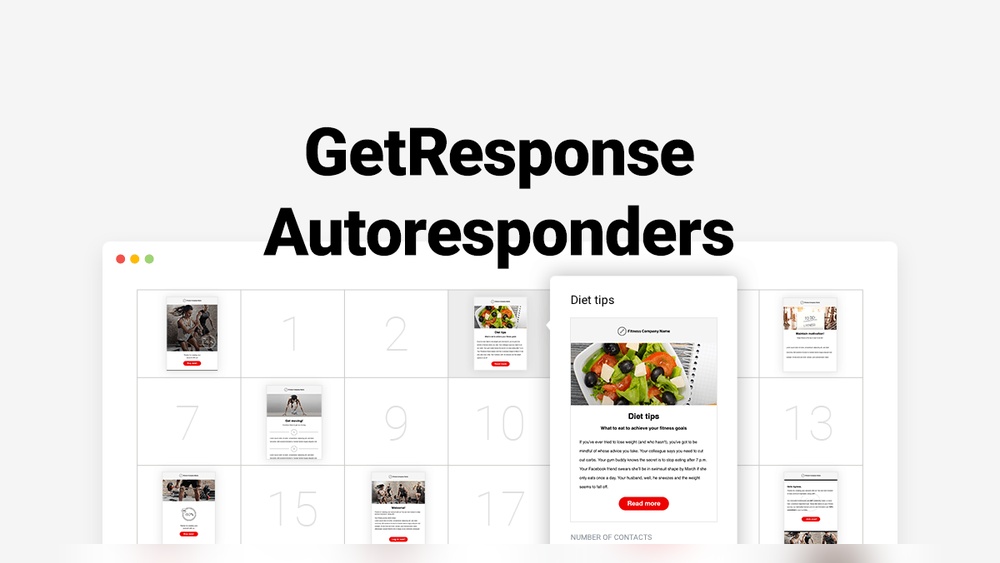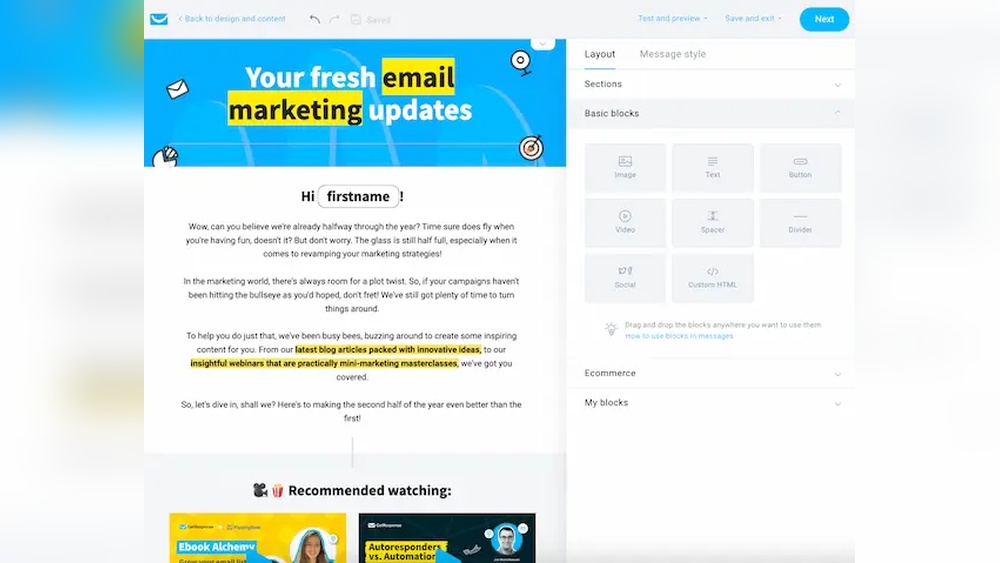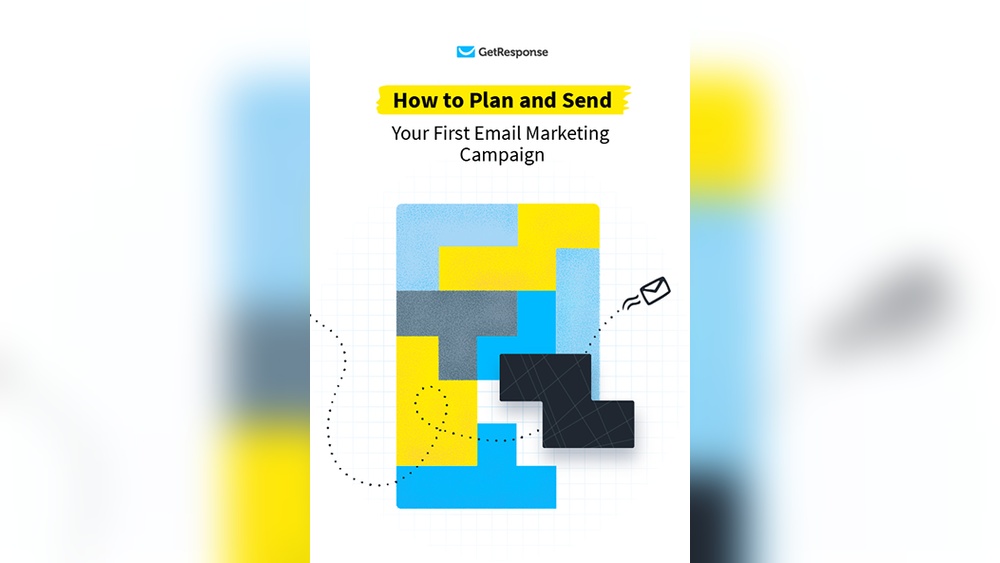Are you looking to boost your online presence and capture your audience’s attention effectively? A well-designed landing page could be your secret weapon.
Imagine having a dedicated space online that not only showcases your product or service but also compels visitors to take action. With just a bit of HTML and CSS know-how, you can create a stunning landing page that turns browsers into buyers.
In this guide, you’ll discover the step-by-step process to craft a landing page that not only looks great but functions seamlessly. Whether you’re a novice or someone looking to refine your web design skills, this article will equip you with the tools and techniques needed to create something truly impactful. Dive in, and let’s transform your vision into a reality that captures every click and leaves a lasting impression.

Credit: github.com
Planning Your Landing Page
Start by deciding what you want your page to do. Do you want users to buy something? Or sign up for a newsletter? Clear goals help in designing the right page. Write down these goals. They guide your design choices.
Think about who will visit your page. Are they kids or adults? Do they like bright colors or calm colors? Understanding your audience is key. It helps in choosing the right colors and words. Make the page easy for them to read and use.
Decide what text and images will be on the page. Use short and clear sentences. Images should match your page goals. They should not be too many. Keep the page clean and simple. This helps users focus on your message.
Structuring The Html
Start with a simple structure. Use html to declare HTML version. Add and tags. Inside the head, include the tags. The tag holds the main content. Keep it neat. Make sure it’s easy to read.
Use semantic elements like , and . These help organize the page. They describe the role of each part. Use and for distinct content areas. They make the page clear and meaningful.
Forms are important. Use to start a form. Add for text, email, or password entries. Use or to send data. Include for each input. Labels help users understand what to enter. Forms gather user information efficiently.
Styling With Css
Crafting a landing page with HTML and CSS involves structuring content and styling elements for a clean look. CSS allows you to control layout, colors, and fonts, enhancing user experience. With simple techniques, create visually appealing pages that capture attention and convey your message effectively.
Design Principles
Good design means balance and harmony. Use colors wisely. Select fonts that are easy to read. Keep your design simple. Avoid too many elements. Consistency is key. Make sure everything matches. Use the same style throughout the page. Visual hierarchy helps guide the eyes. Important things should stand out. Use bold or large fonts for this.
Responsive Design
Websites must look good on all devices. Responsive design helps with this. Use relative units like percentages. Avoid fixed pixels. Media queries allow changes for different screens. Check your design on phones, tablets, and desktops. Fluid layouts adapt to screen size. Test on various devices. Ensure readability on small screens.
Using Css Grid And Flexbox
CSS Grid and Flexbox are powerful tools. They help create complex layouts. Grid is good for structured designs. It divides the page into rows and columns. Flexbox is flexible. It aligns items nicely. Choose the best tool for your layout. Both are easy to learn. Practice with examples. Explore these tools for modern designs.

Credit: www.youtube.com
Enhancing User Experience
Visual hierarchy helps users find important information quickly. Arrange elements in a way that guides the eyes. Use larger fonts for headings and smaller fonts for details. Bold colors can highlight critical areas. Whitespace creates breathing room and reduces clutter. The layout should be simple and clear. Make sure it is easy to follow.
Call to action (CTA) buttons need to stand out. Use bright colors to grab attention. They should be easy to find. Use short and clear words. Examples are “Buy Now” or “Sign Up”. Keep the size large enough to click easily. Place them where users can see them quickly. Ensure they are not hidden.
Loading speed affects user experience. Slow pages make users leave. Optimize images to reduce size. Use compressed files for faster loads. Minimize CSS and JavaScript to save time. Use browser caching to store data. This helps returning users load faster. Ensure your server is fast and reliable.
Testing And Launching
Crafting a landing page involves testing and launching. Ensure your HTML and CSS design is user-friendly. Validate functionality and responsiveness before going live.
Cross-browser Compatibility
Testing your landing page in different browsers is important. Some browsers may not show your page correctly. Check your page on Chrome, Firefox, and Safari. Use tools to help see how your page looks in each browser. Make sure your page is easy to use on all devices.
A/b Testing
A/B testing helps know which version of your page works best. Create two versions of your page. Show each version to different visitors. Measure which page gets more clicks or sign-ups. Choose the version that performs better. This helps make your page successful.
Analytics Setup
Analytics tools help track how people use your page. Google Analytics is a good tool to use. Set up tracking codes to see visitor actions. Know how many people visit your page. Understand where they come from. This data helps improve your page over time.

Credit: www.youtube.com
Maintaining And Updating
Creating a landing page with HTML and CSS requires regular updates for optimal performance. Consistently check and tweak design elements to improve user experience and effectiveness. Keep content fresh and relevant to engage visitors.
Regular Content Updates
Keeping your landing page fresh is important. New content attracts more visitors. Update text and images often. Ensure information is relevant and current. This builds trust with users. Fresh content can improve search rankings. It also keeps your audience engaged.
Performance Monitoring
Check how your landing page performs. Use tools to track visits and clicks. Understand what users like and dislike. Look at which sections get more attention. Adjust your page based on this data. Better performance means more success. Regular monitoring helps make improvements.
User Feedback Integration
Listen to what users say. Feedback helps improve your page. Add a contact form for suggestions. This makes users feel valued. Use feedback to fix issues quickly. Happy users return more often. Feedback leads to better user experience.
Frequently Asked Questions
How To Make A Landing Page Using Html And Css?
Create a landing page using HTML for structure and CSS for styling. Begin with a basic HTML layout, including header, main, and footer sections. Use CSS to define fonts, colors, and layout. Ensure the page is responsive with media queries.
Optimize images and code for fast loading.
How To Create A Home Page Using Html And Css?
Start by creating an HTML file with a basic structure. Define sections using tags like `
How To Make A Travel Website Using Html And Css?
Create a travel website using HTML for structure and CSS for styling. Use HTML tags like `
How To Create A Landing Page Step By Step?
Start with a clear goal. Choose a user-friendly builder like WordPress or Wix. Select a template. Add compelling headlines, engaging content, and persuasive CTAs. Include visuals and testimonials. Optimize for SEO and mobile. Test and publish the page.
Conclusion
Creating a landing page with HTML and CSS is achievable. Start with a clear design plan. Use HTML to build the structure. CSS adds style and color. Focus on user-friendly navigation. Ensure fast loading times. Test on different devices and browsers.
Keep the layout simple and clean. This helps engage visitors. Remember, practice improves your skills. With dedication, anyone can design a functional landing page. Explore more resources for ideas and techniques. Your journey in web development begins with these steps.






